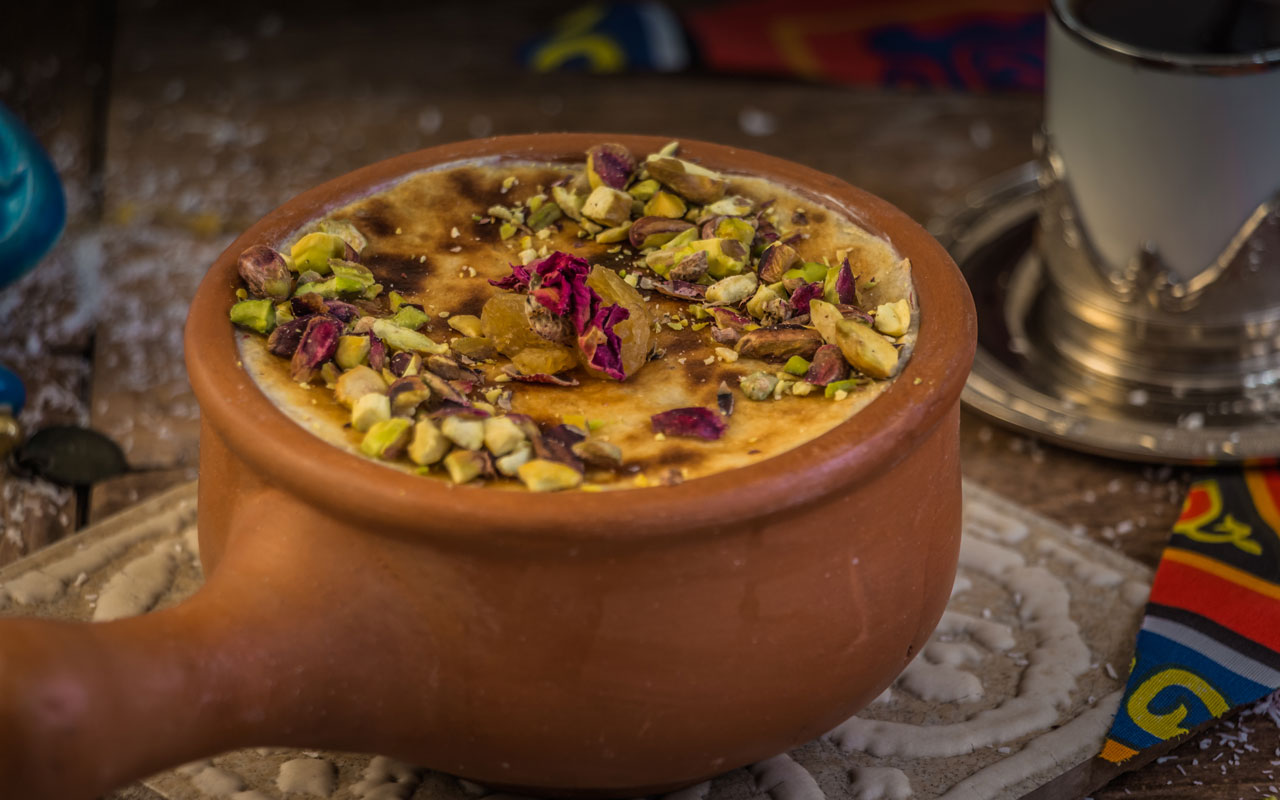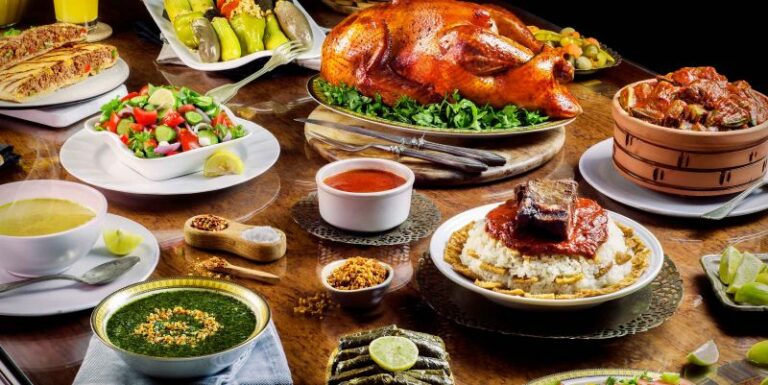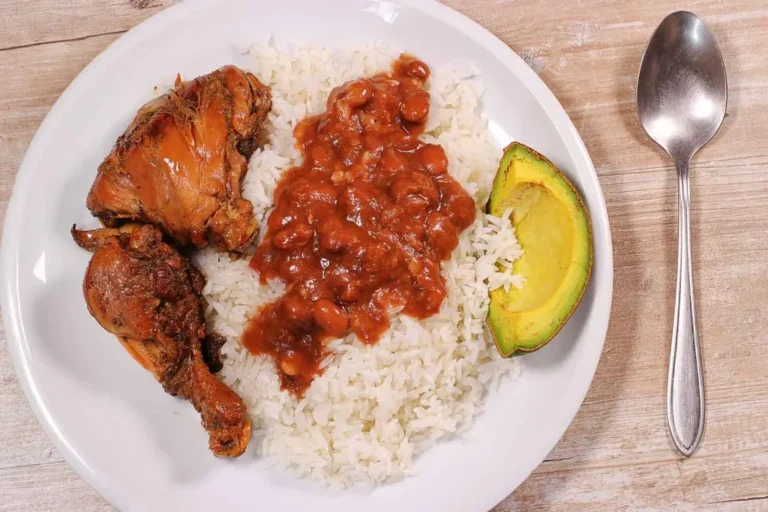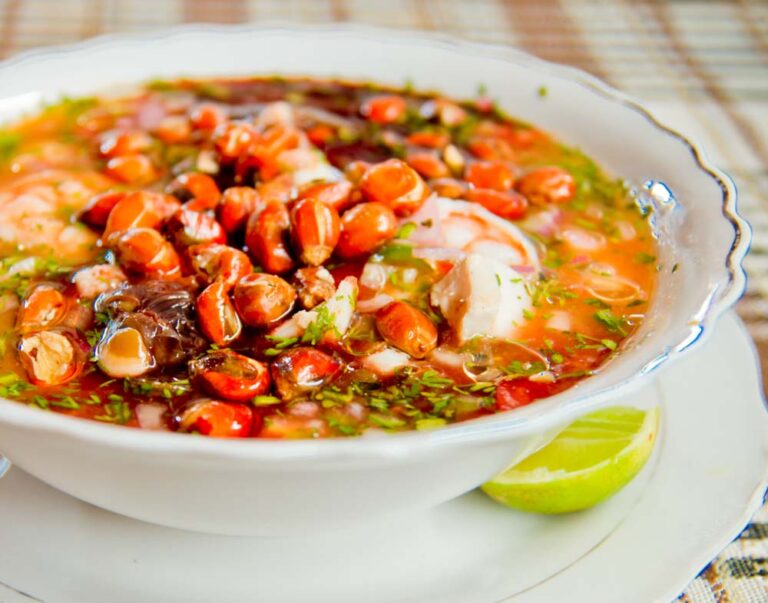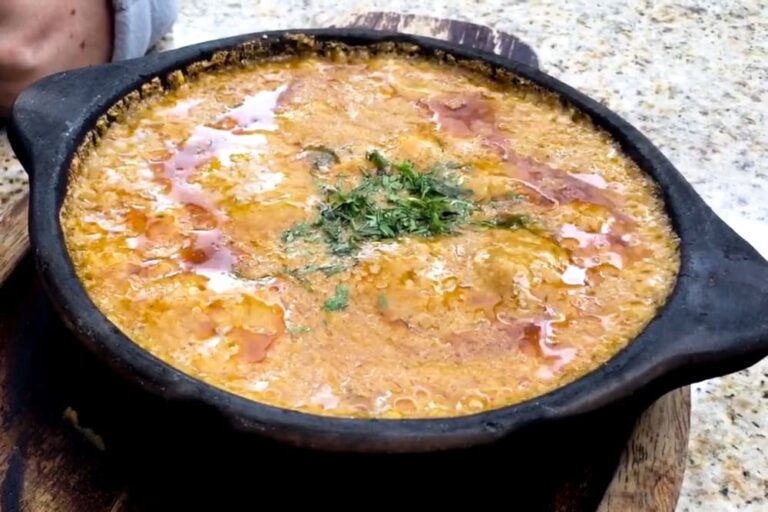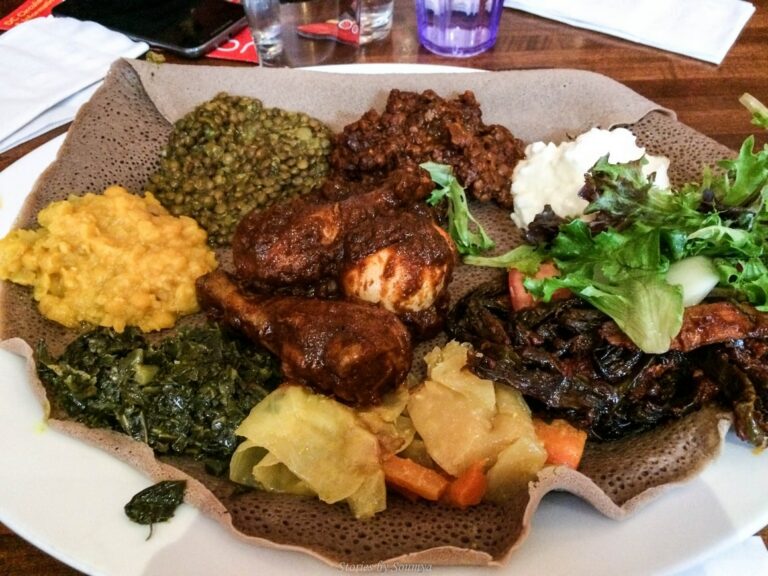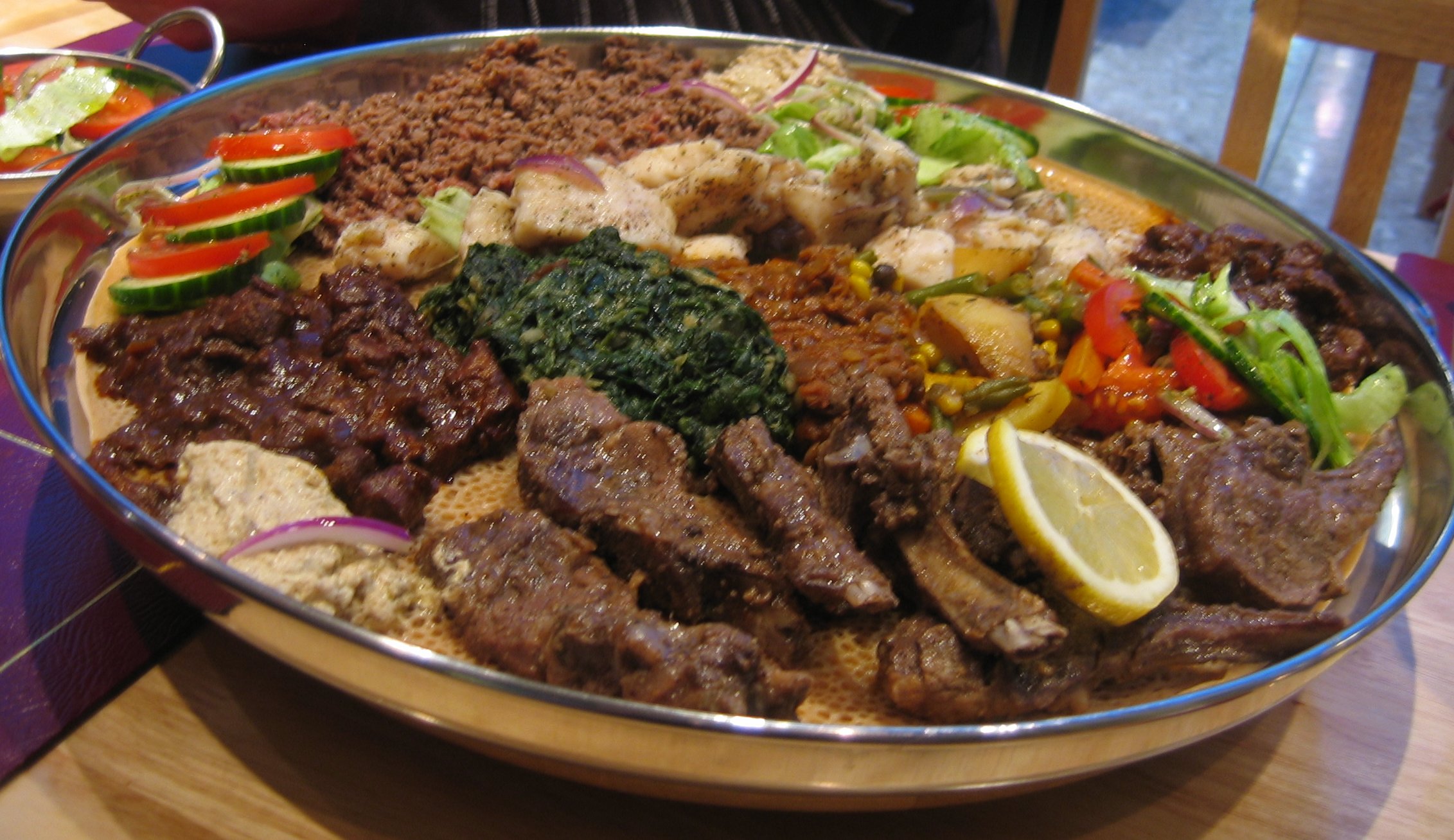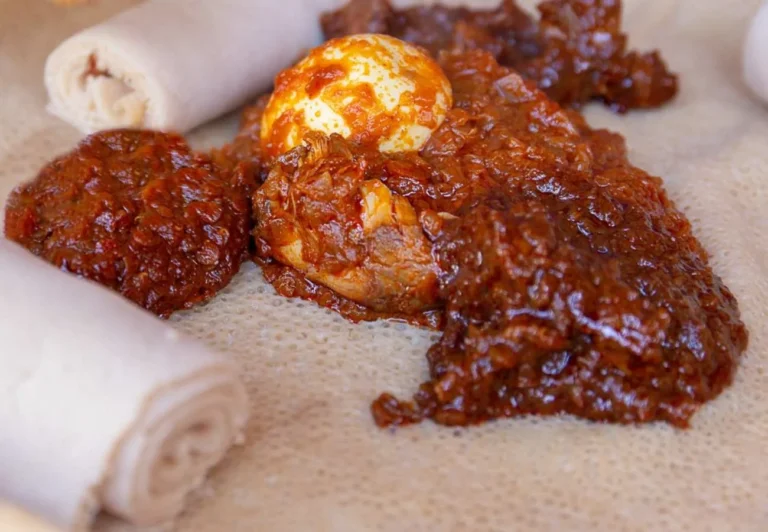Introduction: Egyptian Cuisine’s Side Dishes
Egyptian cuisine is a rich blend of flavors and ingredients that has been influenced by its neighboring countries and its own long history. Main courses in Egyptian cuisine often feature meat or fish as the centerpiece, but they are typically accompanied by an array of side dishes that are just as important in terms of taste and nutrition. In this article, we will explore some of the most common side dishes served with main courses in Egyptian cuisine.
Egyptian Rice Dishes: Koshari and Mahshi
Rice is a staple in Egyptian cuisine, and it is often prepared as a side dish to be served alongside main courses. Two popular rice dishes are koshari and mahshi. Koshari is a vegetarian dish that combines rice, lentils, chickpeas, pasta, and tomato sauce, while mahshi is a dish that features rice stuffed inside vegetables such as tomatoes, bell peppers, and eggplants. Both dishes offer a satisfying and filling complement to any main course.
Fava Beans: Ful Medames and Ta’meya
Fava beans are a common ingredient in Egyptian cuisine, and they are often prepared as a side dish in the form of ful medames or ta’meya. Ful medames is a hearty dish that consists of cooked fava beans that are mashed and seasoned with olive oil, lemon juice, and garlic. Ta’meya, also known as falafel, is a popular street food that features fried fava bean patties flavored with herbs and spices. These side dishes provide a good source of protein and fiber, making them a healthy addition to any main course.
Salads: Fattoush and Tabbouleh
Salads are also a common side dish in Egyptian cuisine, and two popular options are fattoush and tabbouleh. Fattoush is a refreshing salad made with fresh vegetables such as tomatoes, cucumbers, and onions, as well as crispy pieces of pita bread and a tangy dressing made with sumac. Tabbouleh is a salad that features bulgur wheat, parsley, tomatoes, and onions, all tossed in a dressing made with lemon juice and olive oil. These salads add a burst of fresh flavor and nutrition to any main course.
Egyptian Greens: Mulukhiyah and Bamia
Leafy greens are a staple in Egyptian cuisine, and two popular options are mulukhiyah and bamia. Mulukhiyah is a dish made with finely chopped leaves of the jute plant, cooked with garlic and chicken or beef broth. Bamia is a dish that features okra cooked with tomatoes and onions. Both dishes are rich in vitamins and minerals, providing a healthy and flavorful complement to any main course.
Egyptian Flatbreads: Aish Baladi and Fatir
Flatbreads are a staple in Egyptian cuisine, and two common options are aish baladi and fatir. Aish baladi is a traditional Egyptian bread that is made with whole wheat flour and yeast, and it is often used to scoop up main dishes or used as a base for sandwiches. Fatir is a flaky bread that is similar to a croissant, and it is often filled with cheese or meat. These breads add texture and flavor to any main course.
Egyptian Pickles: Torshi and Betinjan Mekl
Pickles are a popular side dish in Egyptian cuisine, and two common options are torshi and betinjan mekl. Torshi is a tangy and spicy pickled vegetable mixture that includes ingredients such as eggplant, peppers, and carrots. Betinjan mekl is pickled eggplant that is typically flavored with garlic and vinegar. These pickles offer a flavorful and crunchy contrast to any main course.
Egyptian Dips: Baba Ghanoush and Tahini Sauce
Dips are also a common side dish in Egyptian cuisine, and two popular options are baba ghanoush and tahini sauce. Baba ghanoush is a dip made with roasted eggplant, tahini, garlic, and lemon juice, and it is often served with bread or as a topping for meat dishes. Tahini sauce is a creamy dip made with sesame paste, lemon juice, and garlic, and it is often used as a condiment for falafel or grilled meats. These dips provide a rich and flavorful addition to any main course.
In conclusion, Egyptian cuisine offers a wide variety of side dishes that can complement any main course, from rice dishes to salads, greens to pickles, flatbreads to dips. Whether you are a meat-lover or a vegetarian, there is no shortage of delicious and healthy options to choose from in Egyptian cuisine.

